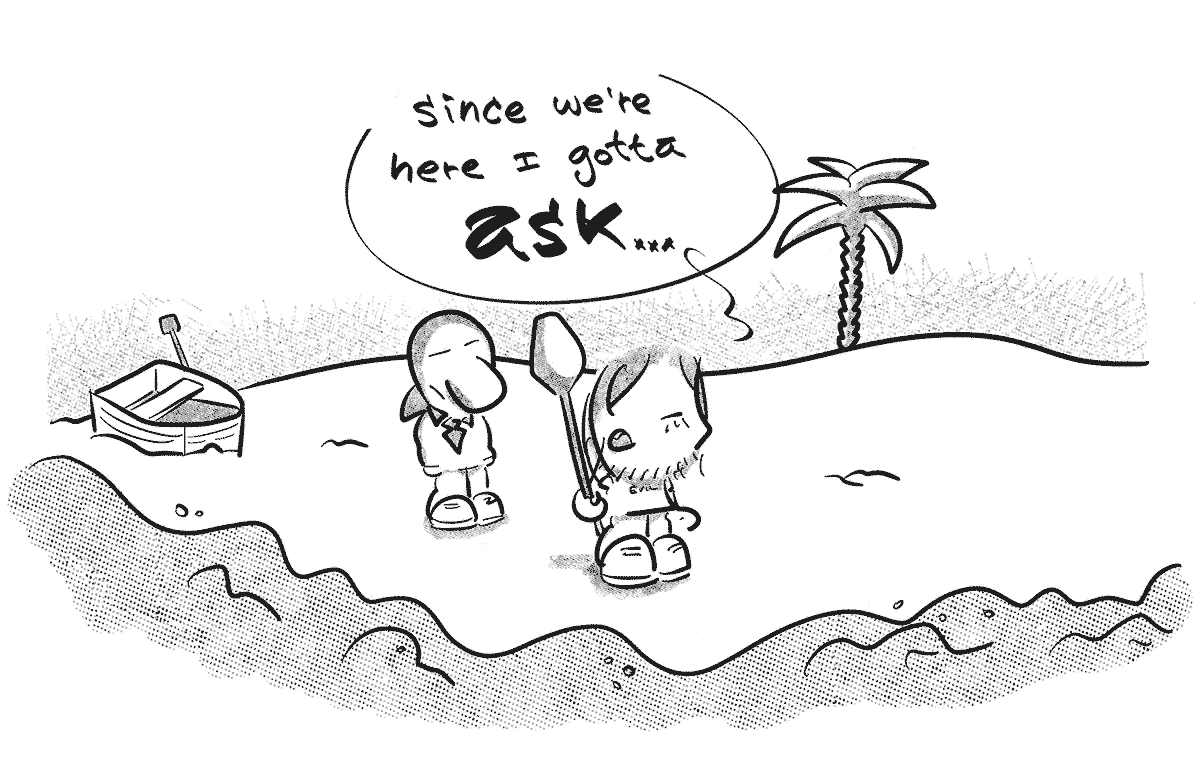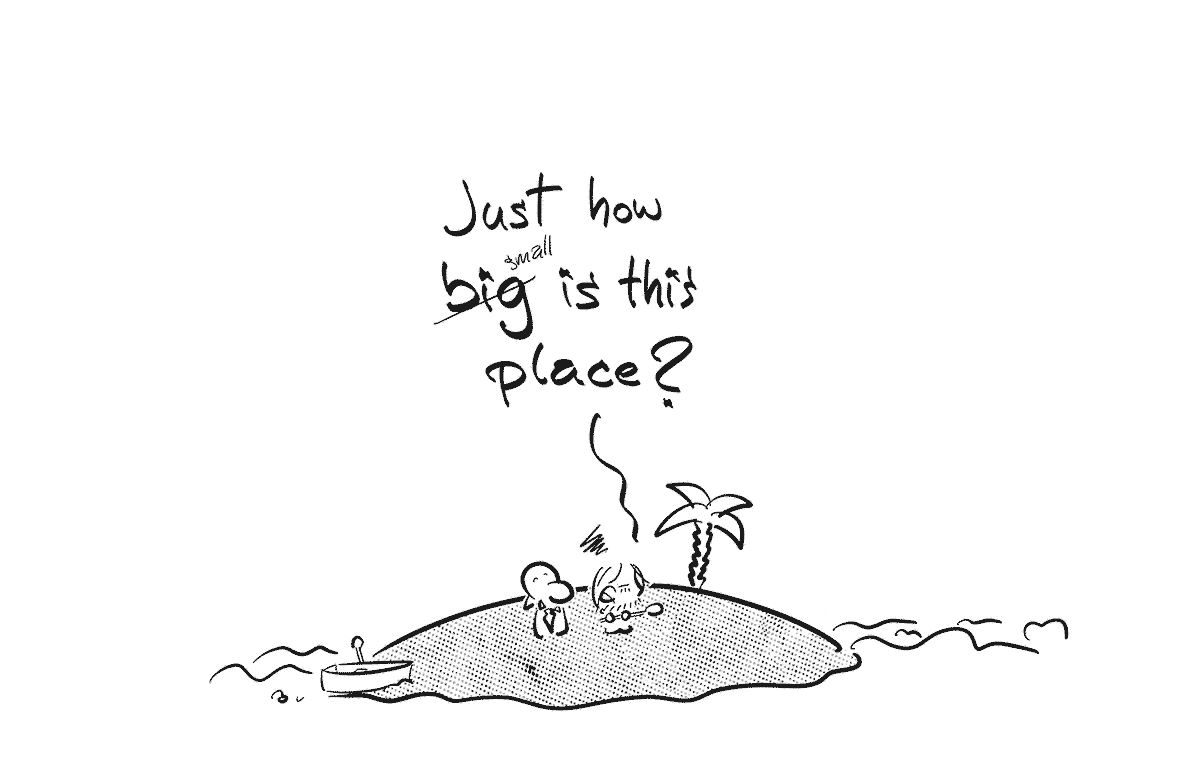à terça
«for the time being let’s call all these practices examples of making comics»

Três é de vez? Estética do contra, ideologias retro de utopias techno, new media e os self-published indies, todos combinados de forma satírica e a tentar fazer sentido do mundo. Começámos sozinhos há vários anos atrás a perseguir o rasto deste estranho novo animal de que temos vislumbres nos comics digitais online, quest que vai ganhando corpo no zeitgeist fora da erudição — ie, nulidade — da academia, com o contributo dos vários peeps que se interrogam da mesma entidade. As pistas de hoje são-nos dadas pelo Nicholas Burman que nos trouxe o anti-tipo 1 mar 2020 no início do mês, recuperando à mistura o Internet Crusader de George Wylesol, 28 nov 2019, o eterno Walter Benjamin e o seu tão reproduzido "The Work of Art in the Age of Mechanical Reproduction", Thierry Groensteen, Marshall McLuhan e o "Surveillance Capitalism" da Shoshana Zuboff.
New media and retro internet aesthetics being portrayed, explored, and satirized in comics has become a recurring theme in self-published and indie publications. This article is about this artistic tendency to put onto paper that which is typically found on screens, and what examples of such tendencies tell us about the world they were inspired by.
in "Adopt to Resist: When Comics Embrace Internet Aesthetics" 16 mar 2020
I The Internet as Comics Practice
Comics are particularly suited to depicting internet aesthetics. This is because the internet and comics are cousins in a familial cultural practice. Thierry Groensteen’s great insight, in his 2007 book The System of Comics, was to define comics as being primarily about the organization of space. As a practice dedicated to the division and exploitation of spatial relationships, “comics” could be seen as a genre in a category which does not yet have a name. This category is one which acts as an umbrella term under which we can consider the ramifications of the spatial organization of content, with examples ranging from billboards in New York City’s Times Square, the arrangement of paintings in a gallery, and the sequence of panels upon a page. The arrangement of content on a screen fits into this category, also. [...] When engaging with comics, there is not only the two-dimensional relationships to consider, such between the content on the page or on the wall. There are also the three-dimensional ones, predominantly the ones between reader and work. Digital interfaces have reformed many relationships, not only through social media and internet speak but because it has transformed our physical relationships to each other.
in "Adopt to Resist: When Comics Embrace Internet Aesthetics" 16 mar 2020
II Físico? Papel.
in "Adopt to Resist: When Comics Embrace Internet Aesthetics" 16 mar 2020
- Riso is a printing process that, in the context of comics about the pervasiveness of digital aesthetics, is interesting because with its margins for mechanical and programmatic error, it is a method that subverts the notion of endless and perfect reproducibility. The perfection of the repeatable replicas of websites or images or texts found online is impossible if you’re using a Riso machine to print.
- I see the physical limitations of the paper the comic is printed on as being used here as a way to restrict the intense and perplexing enormity of the internet. Once extracted from its root digital file and printed onto a limited plane, it is as if the endless potential of the digital has been captured and restrained, made human again by its application to the tactile and innately impermanent materiality of the book. This is an illusion, of course.
- One thing a comics fan can appreciate about the medium is that it is not everywhere. While great works deserve to be read, and we all wish for talented artists and writers to make a living, the underdog status of comics is often celebrated. In contrast to comics’ relative obscurity, the internet is omnipresent and increasingly omniscient.
III Network Ideology and Techno Utopias + Capitalism and Control
Comics depicting the internet can do so almost better than any other medium because comics shares two of the internet’s most defining features: multimodality and the management of space. We expect a combination of images and text in both mediums. The primary difference is that when we close a comic, we have determined the limits of our relationship with it, at least in the immediate and physical sense. There is no such exit strategy for the internet.
The contemporary tools of our work and social lives are intrinsically linked to a network ideology which distributes itself via infrastructure that is prima facie immaterial. The internet, both the idea and the look of it, has colonized our notions about the purpose of a proliferated computer culture. Inspired by Marshall McLuhan's prediction in the early 1960s that humankind’s media would result in a harmonious "Global Village,” the type of network ideology as espoused by Facebook has persuaded us to believe that we must always be connected. But at what cost? As Shoshana Zuboff’s recent book, Surveillance Capitalism, has outlined, our world has become dominated by internet economics, which is invasive and often functions without our consent. Zuboff’s details [how] the age of surveillance capitalism transforms the human into both the consumer of products and the product itself. Rather than us learning to determine how to be critical of all ideas, we are bred to expect ideas which already suit us.
in "Adopt to Resist: When Comics Embrace Internet Aesthetics" 16 mar 2020
E como respondem estes indies? Uma outra estética, recordada de outras possibilidades.
These three works share an interest in a retro version of digital aesthetics. They suggest a melancholic nostalgia, remembering a time when the internet seemed communal and simplistic. All three artists grapple with such remembered aesthetic experiences through the comics medium in order to come to terms with the recent past. They are anti-utopian histories about how the internet has come to be considered nowadays. By taking control of the aesthetics of the everyday and ubiquitous, the artists perform a dérive that subdues and subverts that which has been centralized, monopolized, and which exploits us.
in "Adopt to Resist: When Comics Embrace Internet Aesthetics" 16 mar 2020

